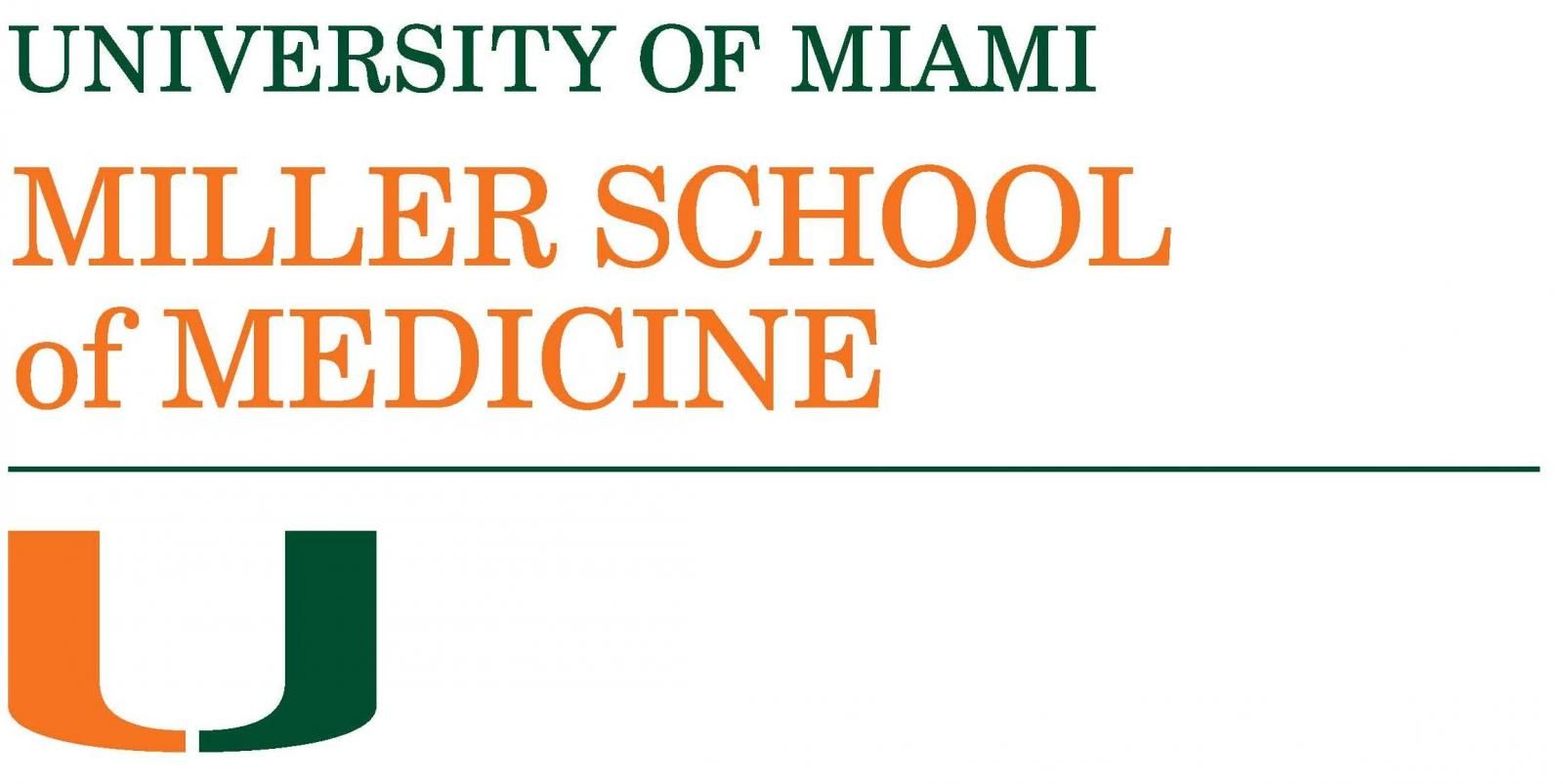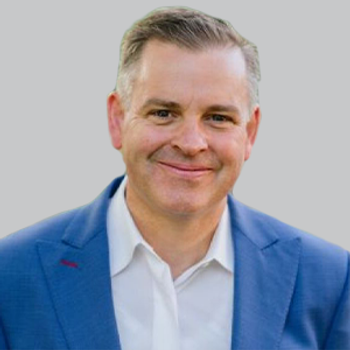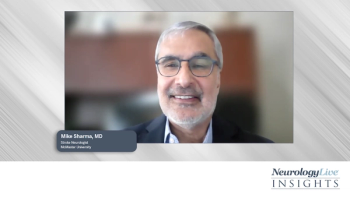
Improving Biomarker Selection and Treating the Underlying Pathology of Dementia With Lewy Bodies

James Galvin, MD, MPH, director of the Comprehensive Center for Brain Health at the University of Miami Miller School of Medicine, provided insight on the unmet needs for dementia with Lewy bodies, and whether success in Alzheimer disease can help.
Dementia with Lewy bodies (DLB), a neurodegenerative disorder, is the second most common type of progressive dementia behind Alzheimer disease (AD). There is no cure for the disease, but many of the symptoms can improve with targeted treatments. Cholinesterase inhibitors, typically used for AD, can be used to improve alertness and cognition, as well as reduce hallucinations and other behavioral problems. Additionally, patients may use Parkinson disease medications such as carbidopa-levodopa to reduce parkinsonian signs and symptoms, such as rigid muscles and slow movement.
There are currently no FDA-approved therapies that reduce disease progression; however, one agent, CT1812 (Cognition Therapeutics), could potentially break that spell. In preclinical models, the small molecule therapeutic significantly and dose-dependently displaced amyloid-ß oligomers bound to synaptic receptors, as well as facilitated oligomer clearance into the cerebrospinal fluid (CSF), increased synaptic number and protein expression in neurons, and improved cognitive performance. In July 2022, the company announced it would be evaluated in a phase 2 trial of 120 adults aged 50 to 80 years old with DLB.
At the
NeurologyLive®: Are there any specific biomarkers we feel hold higher opportunity within dementia with Lewy bodies?
James Galvin, MD, MPH: Unfortunately, there have been very few studies involving patients with dementia with Lewy Body. At this meeting, we heard the result readout of one study, which was unfortunately negative. Again, there are very few studies that are out there. There are a number of companies that are trying various mechanisms to see if we can target different areas of the brain or different receptor symptoms. We have to think differently than we would for Alzheimer's disease. The approach for Cognition Therapeutics with CTA1812 gives us a very novel, innovative approach because we're addressing this oligomer aspect.
It allows us to really attack 2 interesting aspects of dementia with Lewy bodies. First, the alpha-synuclein, which is the protein that forms Lewy bodies and makes an oligomer. But also, about 80% of patients with dementia with Lewy Body have amyloid. We can address not just the primary pathology of DLB, it potentially allows us to address the other significant pathology in the disease. It’s a very exciting and novel way to address a primary and a secondary pathology of the second most common cause of dementia,
Can the advances in therapeutics in Alzheimer disease propel the dementia with Lewy body field?
Every disease is different, and every disease presents its own unique challenges; however, I think we learn something from every study. When a study is successful, we learn why that study was successful. When a study is not successful, we can learn so much from that. While we learned a lot from lecanemab’s presentation of their successes, I think we learned just as much, if not more, from a presentation like gantenerumab’s. We can understand why maybe it didn't work. That's going to really help the field, in many ways, almost as much as a successful study. Being transparent, presenting the data, allowing investigators to see what the data is, and understand why a trial maybe didn't work, will help everybody across the field. A meeting like CTAD, where investigators and companies and academics all come together and share data is just so critical to advance the field, because without working together, there just won't be progress. Science is not done in a vacuum. Academics are not going to solve the problem. Industry is not going to solve the problem. We're going to solve the problem working together.
What excites you the most coming out of CTAD? Which areas hold the most promise for the future?
The 2 things that are really interesting is our enhanced understanding of biomarker and biomarker progression. While the world revolved around the amyloid hypothesis for a really long time, and still sort of revolves around the amyloid hypothesis, I think our understanding of the value of looking at other biomarkers, and the interesting sort of shift toward understanding all the different species of phosphorylated tau. Ptau217 may tell you more about amyloid than measuring amyloid does, and that tells us a lot to maybe think outside the box. The other thing is that whether a drug works or not, understanding that there are a lot of other mechanisms that may offer interesting novel windows to look at neurodegenerative diseases.
If you think about the way cancer approaches treating a tumor, there are very few tumors that are treated with a single drug attacking a single mechanism. It's going to take a combination approach. Alzheimer disease and other dementias are very complex diseases. It’s unlikely that any one single drug attacking one single mechanism is going to solve the problem in its entirety. It's going to be a very similar kind of approach, really beginning the thought of a precision—you're going to hear this word a lot—medicine-like approach, where the more we understand about the disease, and attacking each of the different mechanisms, we're going to get closer and closer to getting that magic bullet that's going to address the underlying problem.
Transcript was edited for clarity.
Newsletter
Keep your finger on the pulse of neurology—subscribe to NeurologyLive for expert interviews, new data, and breakthrough treatment updates.



































